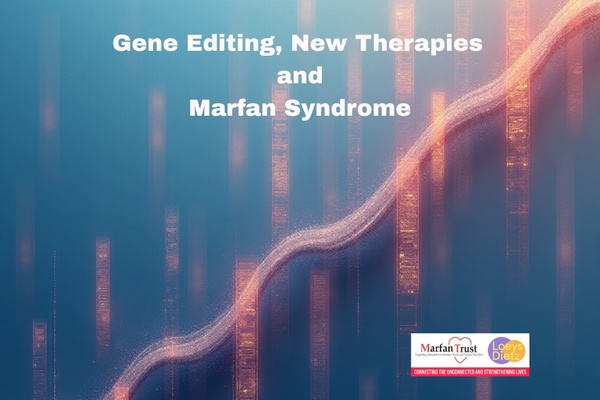As France is ablaze with flags and fireworks for Bastille Day, we are reminded of the French Physician after whom Marfan syndrome is named. In 1896, Antoine Marfan described a hereditary disorder of connective tissue that was to become MFS ...
In 1896, Dr Antoine Marfan, a French paediatrician working in the Faculty of Medicine in the University of Paris, presented a young girl called Gabrielle P to his colleagues. Gabrielle's physique was characterised by long, slender limbs and joint contractures. He called the condition dolichostenomelia (which is Greek for slender limbs).
Six years later, in 1902, Gabrielle P was examined using the new technology of X-rays by Drs Henri Mery and Leon Babonneix. She was noted to have abnormalities of her thoracic spine and her diagnosis was changed to 'hyperchondroplasia', the opposite of the condition ‘achondroplasia’.
That same year, Dr Emile Achard reported a patient with similar physical features and used the term ‘arachnodactylie’. Dr Achard described his patient as hypermobile and noted a positive family history of similar features.
Several people with similar features and, importantly, complications affecting the eye or aorta, were described in the early part of the 20th century, but the term ‘Marfan syndrome’ was only proffered for the first time (in the journal ‘Le Nourisson’ – ‘the infant’) in 1929 by Dr Carrau (who used the term ‘maladie de Marfan’).
Ironically, it was probably Dr Achard who described the first case of what we now call Marfan syndrome and Gabrielle P may not have had Marfan syndrome at all, but a related condition now known as Beal’s syndrome (or congenital contractural arachnodactyly).
In the 1950s, Dr Victor McKusick summarised the collective experience of many different clinicians and wrote what is probably the first modern account of Marfan syndrome in his momentous publication ‘Heritable Disorders of Connective Tissue’. He focused on the link between lens dislocation and aortic aneurysm.
Since the 1950s, diagnostic criteria for Marfan syndrome have been refined and, in 1991, our medical director, Dr Child pioneered the international consortium that discovered the causative gene for Marfan syndrome - fibrillin-1. With more known about the genetics of the condition, medical treatment has correspondingly improved. Thirty years of research into Marfan syndrome has brought thirty years of additional life expectancy.
Dr Marfan went on to become a specialist in children’s infectious disease and hygiene.
Gabrielle P died in adolescence, possibly from tuberculosis.









